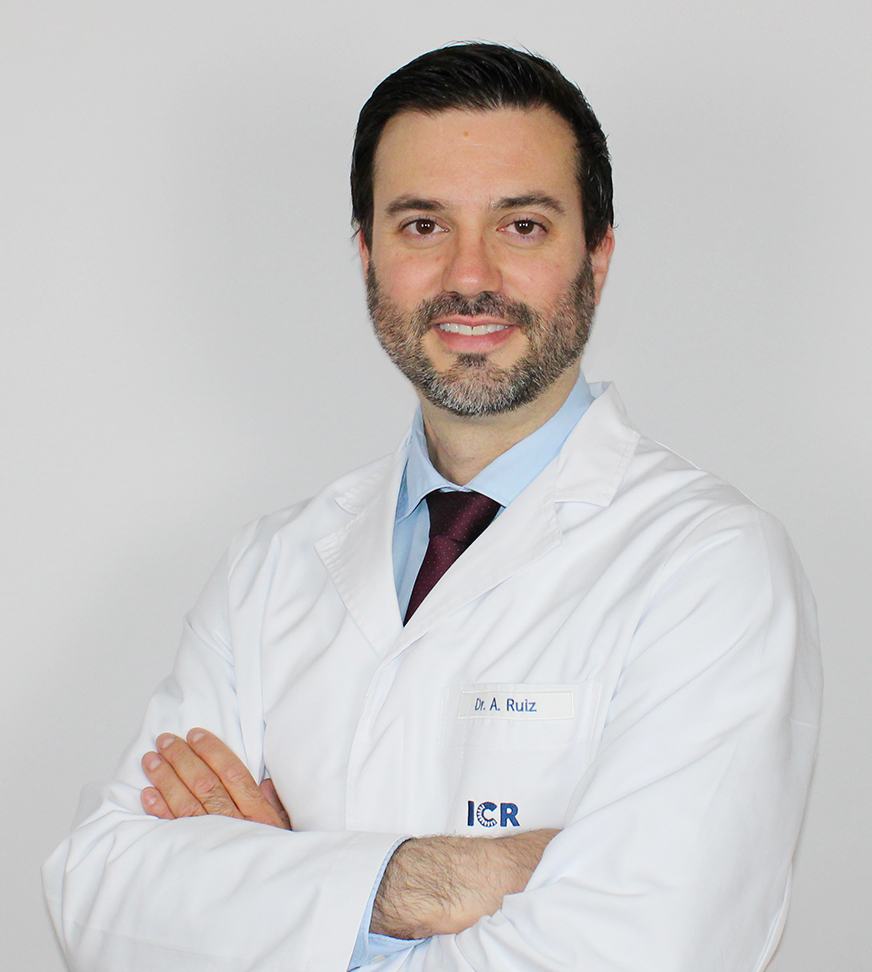
Several studies indicate that a disease previously diagnosed mainly in people over the age of 50 — dry eye (DED) — is becoming increasingly common among much younger individuals. Cases of this condition, which causes a lack of lubrication in the eyes and consequently leads to burning, tearing, redness, light sensitivity, or blurred vision, among other symptoms, are on the rise.
According to the PrevEOS study, 33% of people between the ages of 18 and 30 in Spain have symptoms compatible with dry eye disease (such as visual fatigue or fluctuating vision), but only 5.7% have been diagnosed by a medical professional.
Even more alarming are the findings of a study conducted by researchers at Aston University, which concluded that 90% of participants — individuals aged 18 to 25 — exhibited at least one symptom of dry eye disease. Moreover, within a year, half of the participants had lost at least 25% of their Meibomian glands, which are responsible for producing lipids in tears.
According to the same research teams, the causes of this increase may include stress, spending many hours in front of screens, prolonged use of contact lenses, irregular or poor-quality sleep, and unhealthy habits. In fact, several participants reported that their symptoms decreased over the weekend, precisely when these habits tend to change. Because of this temporary improvement during weekends, many young people don’t give much importance to the symptoms they experience and don’t consider visiting an ophthalmologist. As a result, dry eye disease is generally underdiagnosed.
However, the lack of early diagnosis may worsen the condition and, consequently, make treatment more difficult.

Photo by Kindel Media from Pexels.
In addition to visiting an ophthalmologist to properly diagnose dry eye disease and follow the recommended treatment, there are certain factors that can help slow the progression of the condition. It is advisable to take regular breaks from screen use, blink frequently, keep the eyes hydrated with eye drops, get enough sleep on a regular schedule, and eat a balanced diet that includes omega-3 fatty acids.
Have you been diagnosed with dry eye, or do you think you could have it? At ICR, we have a Dry Eye Unit made up of medical professionals with specific expertise in diagnosing and treating this condition. We use the latest technological advancements and conduct research to update and optimize dry eye disease treatment options.
For more information, you can visit our DED page and leave your contact details in the form. We’ll get in touch with you—no obligation—to let you know how we can help improve your quality of life.

Contact us or request an appointment with our medical team.